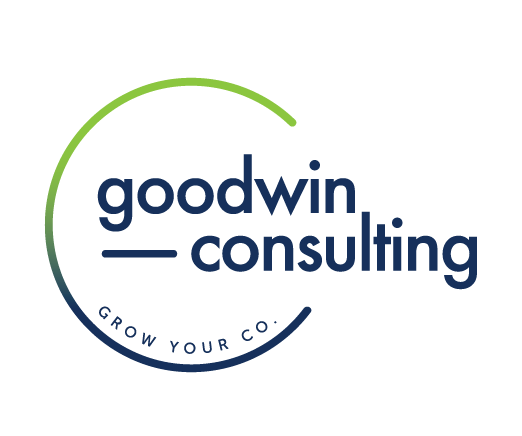The end of the year is upon us, and there’s no better time for companies to dive deep on one of the most essential public relations tasks: mining publications’ editorial calendars to identify opportunities for next year’s PR coverage.
While newspapers don’t typically share their editorial calendars in advance, these resources are available for nearly all magazines and trade publications.
In the spirit of the season, here’s a quick guide to leveraging editorial calendars to secure winning PR coverage in the year ahead. Consider it an early holiday gift from me to you. 😉
Guide to 2022 Public Relations Coverage
Step 1: Decide where you want to be featured
The first step is to assess your wish list of publications and identify which ones are attainable. Aiming high is great, but it’s also important to be realistic. Make sure you have a solid mix of publications that will expose you to your target audience and deliver a boost of visibility.
Step 2: Source editorial calendars online
Once you’ve identified which publications will help you reach your PR goals, it’s time to locate their editorial calendars. Publications tend to bury these resources on their websites, but you can usually find them in the “Advertise With Us” or “Planning/Editorial Calendar” section.
In each calendar, you’ll see a month-by-month delineation of the topics the publication plans to cover over the course of the year. For example, the Boston Business Journal recently published its 2022 calendar, which you can find here. Most editorial calendars will be online before the end of the year; however, as of this writing, many have yet to be posted. Be patient and keep checking!
Remember not to discount trade publications and local media outlets! In PR, the largest readership doesn’t necessarily yield the greatest impact. The publications with the most readers in your target audience are the best investment of your time—even if they have less reach overall.
Step 3: Determine how your story fits in
What’s your angle? Publications look for stories that are the right fit, so before reaching out, determine how your company can align with their planned coverage. Do they have recurring columns each month where you could secure a feature? Are they covering a topic you specialize in?
Think outside the box to find your in. Keep in mind that publications are more likely to feature human interest stories and thought leadership pieces than an article about your company’s products or services.
Step 4: Understand the value of different opportunities
Many companies envision the ultimate PR win as a flashy feature article highlighting their greatest successes. But there are many other valuable opportunities that can result in tremendous exposure. Lower profile coverage often leads to more substantial coverage down the line.
PR wins that are small but impactful may include:
- Getting quoted for your insights. Providing a smart quote that highlights your expertise is a great way to establish credibility on a subject of interest to your target audience.
- Submitting a byline article. Writing a thought leadership piece about a timely topic shows that you have your finger on the pulse of what’s important in your industry. You’ll be tempted to talk about your company’s expertise or success, but a better approach is to let your knowledge speak for itself.
- Securing Q&As, spotlights, and other recurring segments. Getting featured in a recurring segment allows you to build a lasting relationship with the journalists you’re working with. When you take these opportunities, you help editors fill space and you gain visibility for your brand. Everyone wins!
Step 5: Reach out with your submission
Follow the appropriate channels to find the person in charge of accepting submissions. In most cases, that person will be an editor, but each publication is unique. Before reaching out, conduct your due diligence to find out their beat, job title, and preferred method of contact.
Once you have that information, send a succinct and compelling pitch that centers around the publication and its audience. It’s your job to add value to your pitches and get journalists excited about your story.
Step 6: Follow up!
Don’t be afraid to be persistent, but be respectful at the same time. Gratitude and grace go a long way toward building and maintaining connections with journalists. Just because they don’t respond to one pitch doesn’t mean they won’t be interested in future submissions. Keep things professional, and don’t burn any bridges.
Amplify Your Exposure
The best PR strategy is comprehensive and diverse. While you work to secure media coverage, also consider paid and owned media as part of your approach. Keep an eye out for awards and recognition opportunities to round out your initiatives. Designations like “40 under 40,” and “Entrepreneurs to Watch” can amplify anyone’s exposure.
There are plenty of great PR opportunities out there—you just have to find them. Follow the steps in this guide and I just know you’ll have some big wins in 2022. If you don’t want to go it alone, I’m here to help. Get in touch with me today to discuss your PR goals.

